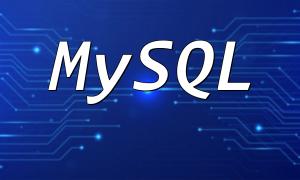In modern application development, communication between iOS and PHP typically happens via HTTP protocol, with JSON being the primary data format. iOS applications can easily send and receive data by serializing it into JSON format, while PHP provides powerful functions for parsing and handling this data.
In iOS, handling JSON data relies on built-in JSON parsing tools. Using the JSONSerialization class, developers can easily convert JSON data into Swift or Objective-C objects for further operations.
let jsonData = data // Assume data is the fetched JSON data
do { let jsonObject = try JSONSerialization.jsonObject(with: jsonData, options: []) // Process jsonObject} catch { print("JSON Parsing Error: \(error.localizedDescription)")In iOS, developers can use URLSession to send JSON data to the PHP backend. By sending the data as JSON through network requests, seamless interaction between iOS and PHP can be achieved.
var request = URLRequest(url: URL(string: "https://yourapi.com/endpoint")!)
request.httpMethod = "POST"
request.setValue("application/json", forHTTPHeaderField: "Content-Type")
let parameters: [String: Any] = ["key": "value"]
do { request.httpBody = try JSONSerialization.data(withJSONObject: parameters, options: [])} catch { print("Data Serialization Error: \(error.localizedDescription)")}
URLSession.shared.dataTask(with: request) { data, response, error in // Handle responseIn PHP, the json_decode function is used to easily parse received JSON data. The parsed data can be directly used for further processing, such as storage, modification, or returning to the client.
$json = file_get_contents('php://input');
$data = json_decode($json, true); // true converts data into an associative array
if (json_last_error() === JSON_ERROR_NONE) { // Process $data} else { echo "JSON Parsing Error: " . json_last_error_msg();}To return data to the iOS client, the json_encode function in PHP can be used to encode an array into JSON format, which is then sent back through the HTTP response.
$response = ["status" => "success", "data" => $data];
header('Content-Type: application/json');
echo json_encode($response);By mastering the techniques of JSON data handling between iOS and PHP, developers can easily achieve efficient data interaction. Whether it’s handling JSON data in iOS or parsing and returning JSON in PHP, a proper implementation strategy can greatly enhance development efficiency and application performance.









